![[Interview] Tammam Azzam from Syria](https://toutelaculture.com/wp-content/uploads/2016/01/Tammam_Azzam_Freedom_Graffiti2-438x278.jpg)
[Interview] Tammam Azzam from Syria
( Interview en anglais)
Syrian artist Tammam Azzam creates a ‘hybrid form’ of painting, as his the Ayyam Gallery presents him, through the application of various media, arriving at “interactions between surface and form that borrow and multiply as compositions evolve”. Born in Damascus, in Syria, in 1980, Tammam received his formal training from the Faculty of Fine Arts of Damascus, with a concentration in oil painting. He has participated in solo and group exhibitions, all around Europe and the Middle East.
Forced to flee the war in his own country, since 2011, Tammam Azzam has been living and working in Dubai. Left out of his art studio, he moved into a form of digital art. He became known for digitally superimposing Western masterpieces onto photographs of Syrian bombed buildings. He also attracted the attention of Bristolian street artist Banksy and was invited in his very special exhibition named Dismaland, last summer, settled for six weeks in Weston-Super-Mare, in West England. Art is evidently for Tammam a form of resistance.
Interview with Melissa Chemam.
—
You were in Damascus when the revolution started in your country, which finally evolved into a civil war and the emergence of this violent islamist insurgency that gave birth to the organisation self-proclaimed the Islamic State in Syria and Iraq. How did you leave Syria and what kind of link do you managed to keep from abroad with your family in the country?
After seven months into the Syrian revolution, my wife and I felt it had become impossible to continue living there. Most artists were struggling and I have a young daughter that I could not put to school. The gallery that I work with moved to Dubai and they asked me to come with them. I decided to move, after consulting my wife. I haven’t been back in Syria since, but my parents are still there, in Sweida, where my family is from, in the south of Syria, which is a little more secure than the rest of the country. It’s not a good situation – they have no electricity or no water but there is no war there like in Damascus or Homs. I consider Dubai not as a final destination but only as a step in our life as we cannot go back home for now. Every side is an enemy.
How did you start your art in Syria and was it always politically motivated?
We grew up against Bashar Al Assad’s regime; it’s the worst anybody can imagine. I studied art at the University of Damascus and graduated from the oil painting section in 2001. I had a studio in Damascus and did my three first solo exhibitions there. I was also a graphic designer for many cultural centres in the capital, like the French Cultural Institute and the Goethe Institute. I have become familiar with graphic programming, especially since 2002, but the first time I used it as an art media was in Dubai. I had left my studio behind me and I felt like so much was missing. In another city I had to start another story. At first, there were so many difficulties just to find a home for my family and a school for Selma, my daughter, and I needed to find work. I concerted my work in graphic design and settled a mini studio at home. That’s how I started working with digital media.
You then came to fame with your piece reproducing ‘The Kiss’ from Gustav Klimt, when and how did you get that inspiration?
In 2013, after reproducing artworks from the Syrian museum, I started reproducing a painting from Francisco de Goya, ‘The 3rd of May’, created in 1808 to immortalize the killing of hundreds of innocent Spanish citizens. I reproduced it digitally, into a picture of a Syrian destroyed street. Then I reproduced ‘The Mona Lisa’ and pieces from Munch, Van Gogh, Andy Warhol, etc. The background being the Syrian war, the contrast with the piece by Klimt is even more striking. The scene comes from a picture of Douma, a small city near Damascus, one of the cities where the revolution started, and which has been destroyed completely since.
How did you find the motivation to keep on producing art and believe in resistance?
It was difficult and it is still more and more difficult. I think about art all the time but we went through terrible events in Syria, firstly, and now it is also a disaster in so many other places in the world. People call me a Syrian artist, but I prefer to be considered as an artist. I don’t consider myself as a political artist. I’m an artist who came out of this political background. I’m not producing posters against a dictator or a regime, but artworks about people, which is the main purpose for me. There are the stories in my mind, and where to get stories, except from your memory and your place? But I think that in no way art can stop armies or violence. How can I resist? How can I save a child’s life? As artists, we can just try and continue. This is the way we can express ourselves. But we cannot fight. As a person, how to change things? Politics always prevent us. For instance, if I need a visa to enter a European country, there are so many papers I need to gather, I feel powerless. How could we fight this world system? And when attacks occurred in Paris, it was considered more important worldwide that when it occurred in Damascus or Baghdad or Beirut. It’s always been like that and it’s very hard to change.
Do you believe art still has a power of conviction even in the current context?
I agree that we can probably convince the youth about the importance of democracy and freedom. But if the world had managed to stop the unfair regimes these past five years, Syria could have become a democracy or at least a form of good regime. But now, Syria has become a land of terrorists, with hundreds of terrorist groups that have spread all over the world. And the whole world is scary now. People in Syria now just want to stop all the fighting and keep on living. I believe artists and writers have a role to play to reach out to the youth, politicise them and call for peace. But in Syria nothing has changed in five years. It’s only worsening. And Europe is refusing to help refugees in a shocking way. I believe that both ISIS and the regime, and even the police in Greece or in Western Europe shooting at refugees are the dangers. It’s not about nationalities or religions. We would need to bring about a big change mentally. I’m therefore too confused to give a clear message. The only message I can give is by continuing my art, as I can, with the little I have. We should continue trying.
Visuel : ©Ayyam Gallery





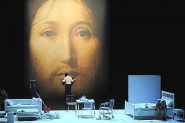
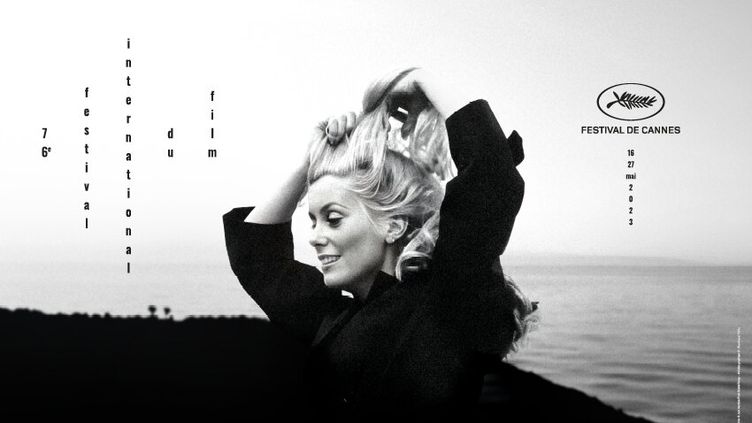
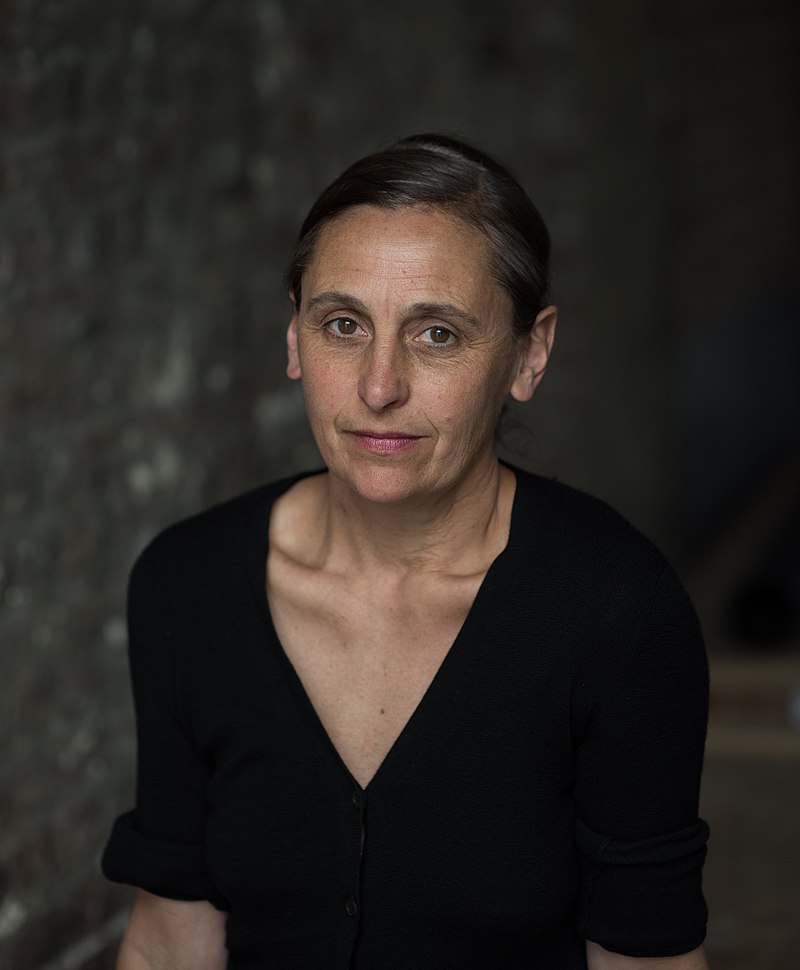
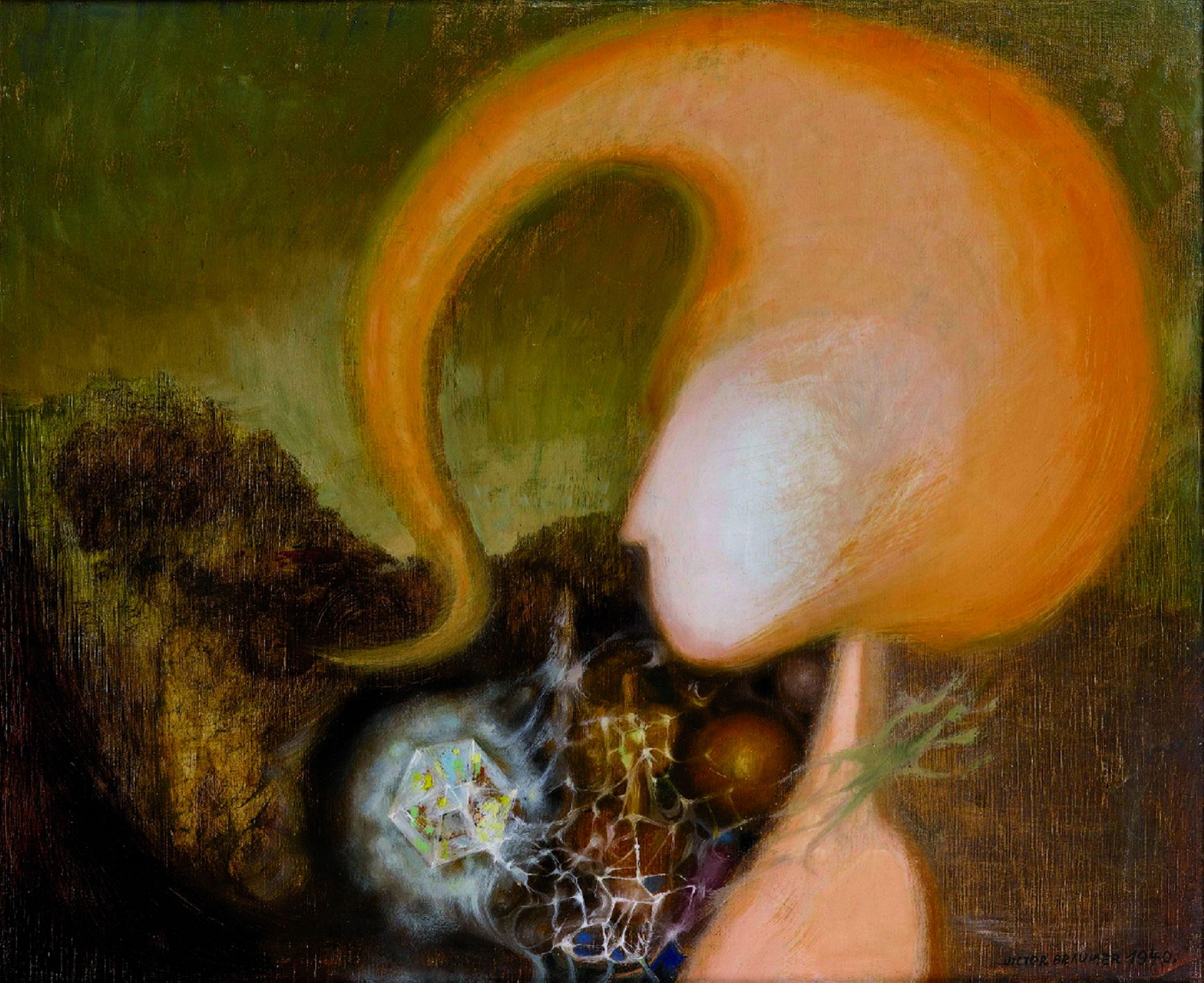
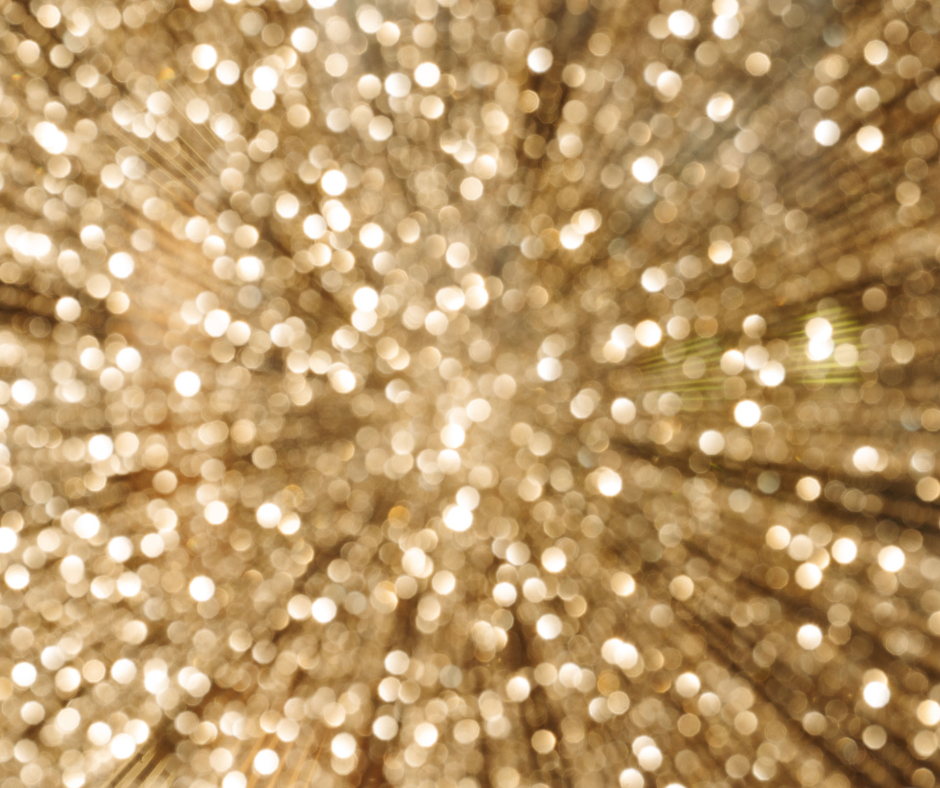
One thought on “[Interview] Tammam Azzam from Syria”
Commentaire(s)